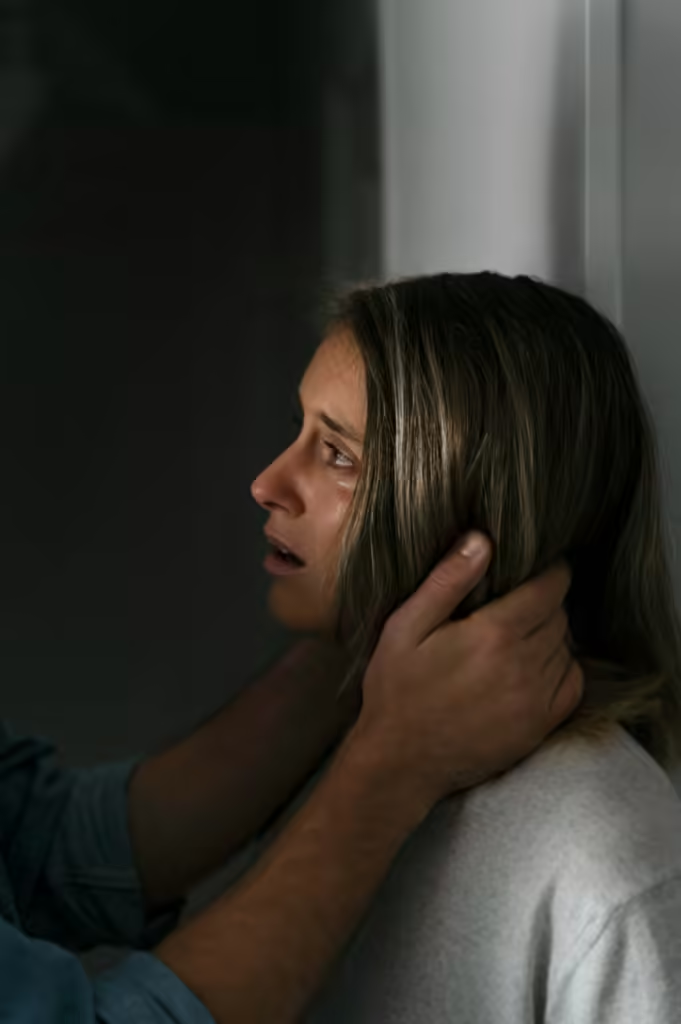Overview
Periodic, high-intensity emotional experiences that impair a person’s mood, energy, and capacity to perform are hallmarks of bipolar disorders. These are known as mood episodes and might extend from a few days to several weeks. Mood episodes are classified as depressive episodes when there is a profoundly sad mood or when the capacity to feel joy or pleasure vanishes, or as manic/hypomanic episodes when the predominant mood is extremely cheerful or irritated. There are typically times when people with bipolar disorder experience neutral moods as well. People with bipolar disorder can live fulfilling lives if they receive the right treatment.
Even though mood swings are a common occurrence in people without bipolar disorder, these mood swings usually last for hours rather than days and are not accompanied by drastic behavioral or functional changes, such as trouble interacting socially or with daily routines. Bipolar disorder can make it difficult for a person to work or attend school, as well as ruin relationships with loved ones.
Three primary diagnoses fall under the umbrella of bipolar disorder: cyclothymic disorder, bipolar II, and bipolar I disorder.
Eighty to ninety percent of those with bipolar disorder have a family who also has depression or bipolar disorder. Bipolar disorder is a disorder that frequently runs in families. Stress, sleep disturbances, narcotics, and alcohol are examples of environmental stressors that might set off mood episodes in susceptible individuals. Although the precise origins of bipolar illness are unknown, there are biological and environmental variables that raise the risk of bipolar disease, such as a family history of mood disorders, psychotic disorders, and substance abuse. The mid-20s are the typical age of onset.
It is common for people with bipolar I disorder to also suffer from anxiety disorders, drug use problems, and/or attention-deficit/hyperactivity disorder (ADHD). Compared to the general population, persons with bipolar I illness have a markedly increased risk of suicide.

Bipolar I Disorder
An individual with manic episodes is diagnosed with bipolar I disorder. People with bipolar I disorder suffer tremendous energy spikes and mood swings, such as being excessively cheerful or unbearably angry, during manic episodes. In addition to having periods of neutral mood, most patients with bipolar I illness also suffer episodes of hypomania or depression
Symptoms of Bipolar I Disorder
Manic Episode

A manic episode is a duration of as a minimum one week while a person is extraordinarily excessive-lively or irritable most of the day for maximum days, possesses extra energy than usual, and studies as a minimum three of the subsequent adjustments in conduct:
Decreased need for sleep (e.g., feeling active notwithstanding drastically much less sleep than traditional.
Increased or faster speech.
Uncontrollable racing thoughts or speedy changing ideas or topics when talking.
Distractibility.
Increased hobby (e.g., restlessness, operating on several tasks right away).
Increased volatile or impulsive conduct (e.g., reckless riding, spending sprees, sexual promiscuity).
These behaviors have to constitute a change from the person’s normal conduct and be clear to buddies and own family. Symptoms ought to be intense enough to cause dysfunction in work, circle of relatives, or social sports and responsibilities. Symptoms of a manic episode typically require clinic care to make certain protection.
During intense manic episodes, some humans additionally revel in disorganized questioning, false beliefs, and/or hallucinations, referred to as psychotic functions.
Hypomanic Episode
A hypomanic episode, also known as hympomania, is defined by less severe manic symptoms that do not require a week to manifest. The significant issues with day-to-day functioning that manic episodes frequently bring about are not experienced by hypomanic patients.
Major Depressive Episode
A principal depressive episode is a period of at least weeks wherein a person reviews severe sadness or melancholy or a lack of interest in activities the individual once loved and at least 4 of the following signs:
Feelings of worthlessness or guilt.
Fatigue.
Increased or decreased sleep.
Increased or reduced urge for food.
Restlessness (e.g., pacing) or slowed speech or movement.
Difficulty concentrating.
Frequent thoughts of death or suicide.
Treatment and Management

Bipolar ailment signs usually enhance with treatment. Medication is the cornerstone of bipolar disorder treatment, though speak remedy (psychotherapy) can assist many sufferers find out about their infection and cling to medications, assisting prevent destiny temper episodes.
Medications called “temper stabilizers” (e.g., lithium, odd antipsychotics) are the most typically prescribed type of medications for bipolar disease. While it is not completely understood how those medicines paintings, a few are acknowledged to alternate the brain cells’ excitability (e.g. Lithium), whilst others alter the neurotransmitters signaling inside the brain (e.g., extraordinary antipsychotics). Because bipolar disorder is a continual contamination in which mood episodes normally recur, ongoing preventive treatment is suggested. Bipolar ailment treatment is individualized; human beings with bipolar sickness may additionally need to attempt one of a kind medicinal drugs before locating what works excellent for them.
In some cases, when medicine and psychotherapy have not helped, an powerful remedy called electroconvulsive remedy (ECT) can be used. ECT consists of numerous rounds of a brief electrical cutting-edge implemented to the scalp at the same time as the patient is under anesthesia, leading to a quick, managed seizure. ECT-triggered seizures are believed to trade the mind signaling pathways.
Since bipolar ailment can reason extreme disruptions in a person’s day by day existence and create annoying own family conditions, family contributors may advantage from expert assets, especially intellectual fitness advocacy and help groups. From these assets, families can analyze techniques for coping, taking part actively inside the remedy, and obtaining support.
Bipolar II Disorder
To diagnose bipolar II sickness in a character, they have to have at the least one primary depressive episode and as a minimum one hypomanic episode (see above). With bipolar II, it’s miles not unusual that human beings return to their traditional functioning among episodes. People with bipolar II ailment often first are seeking treatment as a result of their depressive episodes, for the reason that hypomanic episodes often experience pleasant and can even increase overall performance at work or college.
People with bipolar II sickness regularly produce other intellectual illnesses inclusive of a tension disease or substance use ailment, the latter of that can exacerbate signs of melancholy or hypomania.
Treatment
Treatments for bipolar II are just like those for bipolar I: medicinal drug and psychotherapy. The most commonly used medicines are temper stabilizers. Antidepressants are used carefully for the remedy of bipolar-associated depression and endured ony for a brief time after the melancholy receives better as they boom the risk of switching melancholy into hypomania and mania. If depressive signs are extreme and medication is not powerful, ECT (see above) can be used. Each man or woman’s treatment is individualized.
Cyclothymic Disorder
Cyclothymic sickness is a milder form of bipolar disorder regarding many “temper swings,” with hypomania and depressive symptoms that arise frequently. People with cyclothymia experience emotional united states of America and downs but with much less extreme signs and symptoms than bipolar I or II disorder.
Cyclothymic disease signs include the following:
For at the least two years, many intervals of hypomanic and depressive signs, however the symptoms do now not meet the criteria for hypomanic or depressive episodes.
During the 2-year duration, the symptoms (mood swings) have lasted for at the least half the time and have by no means stopped for more than two months.






